Pharmacophore-Modeling-Based Optimal Placement and Sizing of Large-Scale Energy Storage Stations in a Power System including Wind Farms
Abstract
1. Introduction
- Application of optimal placement and sizing of large-scale energy storage stations in a power system (transmission level) including wind farms while achieving optimal power system operation.
- Applying pharmacophore modeling as an optimization technique outside the pharmacy discipline.
- Comparison between weighting factor and normalization methods for building the multi-objective function.
- Employing energy storage system sizing and placement to achieve optimal operation of a power system in terms of minimum cost and generation adequacy.
2. Energy Storage System Modeling
3. Optimization Problem Definition
- Energy storage constraints
- Bus voltage constraints
- Transmission lines’ limits
- Power stations’ operation limits
4. Pharmacophore Modeling
5. Simulation Results
5.1. Test System
5.2. Optimal Allocation and Sizing of Energy Storage Stations
5.3. Testing System after Energy Storage Stations’ Allocation in a Day under Normal Operation Conditions
5.4. Testing System after Energy Storage Stations’ Allocation in a Day under Generator Contingency Condition
6. Discussions
7. Conclusions
Author Contributions
Funding
Institutional Review Board Statement
Informed Consent Statement
Data Availability Statement
Conflicts of Interest
References
- Papaefthymiou, G.; Dragoon, K. Towards 100% renewable energy systems: Uncapping power system flexibility. Energy Policy 2016, 92, 69–82. [Google Scholar] [CrossRef]
- Wong, L.A.; Ramachandaramurthy, V.K.; Walker, S.L.; Taylor, P.; Sanjari, M.J. Optimal placement and sizing of battery energy storage system for losses reduction using whale optimization algorithm. J. Energy Storage 2019, 26, 100892. [Google Scholar] [CrossRef]
- Unamuno, E.; Polat, H.; Cabezuelo, D.; Galarza, J.; Anta, A.; Toutain, E.; Geury, T.; Hegazy, O. An Interoperable EMS for the Provision of Grid Services with Hybrid Energy Storage Systems. In Proceedings of the IECON 2022—48th Annual Conference of the IEEE Industrial Electronics Society, Brussels, Belgium, 17–20 October 2022; pp. 1–7. [Google Scholar] [CrossRef]
- Boonluk, P.; Siritaratiwat, A.; Fuangfoo, P.; Khunkitti, S. Optimal Siting and Sizing of Battery Energy Storage Systems for Dis-tribution Network of Distribution System Operators. Batteries 2020, 6, 56. [Google Scholar] [CrossRef]
- Bui, V.-H.; Nguyen, X.Q.; Hussain, A.; Su, W. Optimal Sizing of Energy Storage System for Operation of Wind Farms Considering Grid-Code Constraints. Energies 2021, 14, 5478. [Google Scholar] [CrossRef]
- Yang, Y.; Bremner, S.; Menictas, C.; Kay, M. Battery energy storage system size determination in renewable energy systems: A review. Renew. Sustain. Energy Rev. 2018, 91, 109–125. [Google Scholar] [CrossRef]
- Hussain, A.; Bui, V.-H.; Kim, H.-M. Optimal Sizing of Battery Energy Storage System in a Fast EV Charging Station Considering Power Outages. IEEE Trans. Transp. Electrif. 2020, 6, 453–463. [Google Scholar] [CrossRef]
- Choi, D.G.; Min, D.; Ryu, J.-H. Economic Value Assessment and Optimal Sizing of an Energy Storage System in a Grid-Connected Wind Farm. Energies 2018, 11, 591. [Google Scholar] [CrossRef]
- Pang, M.; Shi, Y.; Wang, W.; Pang, S. Optimal sizing and control of hybrid energy storage system for wind power using hybrid Parallel PSO-GA algorithm. Energy Explor. Exploit. 2019, 37, 558–578. [Google Scholar] [CrossRef]
- Fayek, H.H.; Abdalla, O.H. Operation of the Egyptian Power Grid with Maximum Penetration Level of Renewable Energies Using Corona Virus Optimization Algorithm. Smart Cities 2022, 5, 34–53. [Google Scholar] [CrossRef]
- Fayek, H.H.; Abdalla, O.H. Maximization of Renewable Power Generation for Optimal Operation of the Egyptian Grid. In Proceedings of the 2020 IEEE 29th International Symposium on Industrial Electronics (ISIE), Delft, The Netherlands, 17–19 June 2020; pp. 1033–1038. [Google Scholar]
- Fayek, H.H.; Abdalla, O.H. Optimal Settings of BTB-VSC in Interconnected Power System Using TFWO. In Proceedings of the 2021 IEEE 30th International Symposium on Industrial Electronics (ISIE), Kyoto, Japan, 20–23 June 2021; IEEE: Piscataway, NJ, USA, 2021. [Google Scholar]
- Fayek, H.H.; Rusu, E. Novel Combined Load Frequency Control and Automatic Voltage Regulation of a 100% Sustainable Energy Interconnected Microgrids. Sustainability 2022, 14, 9428. [Google Scholar] [CrossRef]
- Fayek, H.H. 5G Poor and Rich Novel Control Scheme Based Load Frequency Regulation of a Two-Area System with 100% Renewables in Africa. Fractal Fract. 2020, 5, 2. [Google Scholar] [CrossRef]
- Fayek, H.H.; Mohammadi-Ivatloo, B. Tidal Supplementary Control Schemes-Based Load Frequency Regulation of a Fully Sustainable Marine Microgrid. Inventions 2020, 5, 53. [Google Scholar] [CrossRef]
- Seidel, T.; Wieder, O.; Garon, A.; Langer, T. Applications of the Pharmacophore Concept in Natural Product inspired Drug Design. Mol. Inform. 2020, 39, 2000059. [Google Scholar] [CrossRef] [PubMed]
- Ehrlich, P. Über den jetzigen Stand der Chemotherapie. Ber. Dtsch. Chem. Ges. 1909, 42, 17–47. [Google Scholar] [CrossRef]
- Chen, I.-J.; Foloppe, N. Conformational Sampling of Druglike Molecules with MOE and Catalyst: Implications for Pharmacophore Modeling and Virtual Screening. J. Chem. Inf. Model. 2008, 48, 1773–1791. [Google Scholar] [CrossRef]
- Sunseri, J.; Koes, D.R. Pharmit: Interactive exploration of chemical space. Nucleic Acids Res. 2016, 44, W442–W448. [Google Scholar] [CrossRef]
- Lu, I.-L.; Wang, H. Protein-specific Scoring Method for Ligand Discovery. J. Comput. Biol. 2012, 19, 1215–1226. [Google Scholar] [CrossRef]
- Janssens, A.C.J.W.; Martens, F.K. Reflection on modern methods: Revisiting the area under the ROC Curve. Leuk. Res. 2020, 49, 1397–1403. [Google Scholar] [CrossRef]
- Shen, P.; Guan, L.; Huang, Z.; Wu, L.; Jiang, Z. Active-Current Control of Large-Scale Wind Turbines for Power System Transient Stability Improvement Based on Perturbation Estimation Approach. Energies 2018, 11, 1995. [Google Scholar] [CrossRef]
- PowerFactory DIgSILENT GmbH. Available online: http://www.digsilent.de (accessed on 2 November 2021).
- Dracopoulos, D.C. Genetic Algorithms and Genetic Programming for Control. In Evolutionary Algorithms in Engineering Applications; Dasgupta, D., Michalewicz, Z., Eds.; Springer Science and Business Media LLC: Berlin, Germany, 1997; pp. 329–343. [Google Scholar]
- Ghoshal, S.P. Optimizations of PID gains by particle swarm optimizations in fuzzy based automatic generation control. Electr. Power Syst. Res. 2004, 72, 203–212. [Google Scholar] [CrossRef]
- Kumar, S.; Deepika, D.; Kumar, V. Pharmacophore Modeling Using Machine Learning for Screening the Blood–Brain Barrier Permeation of Xenobiotics. Int. J. Environ. Res. Public Health 2022, 19, 13471. [Google Scholar] [CrossRef] [PubMed]
- Abdalla, O.H.; Fayek, H.H.; Ghany, A.M.A. Secondary Voltage Control Application in a Smart Grid with 100% Renewables. Inventions 2020, 5, 37. [Google Scholar] [CrossRef]
- Abdalla, O.H.; Kamel, H.M.; Fayek, H.H. Aggregation of a Wind Farm Model for Grid Connection Planning Studies. In Proceedings of the 2022 23rd International Middle East Power Systems Conference (MEPCON), Cairo, Egypt, 13–15 December 2022; pp. 1–7. [Google Scholar]
- Han, C.; Lee, J.; Hwang, S.; Jang, G. Multi-Objective Optimized Operating Strategy of BTB-VSC for Grid Service. In Proceedings of the 2019 IEEE 28th International Symposium on Industrial Electronics (ISIE), Vancouver, BC, Canada, 12–14 June 2019; pp. 147–152. [Google Scholar] [CrossRef]
- Abdalla, O.H.; Fayek, H.H.; Ghany, A.G.M.A. Secondary and Tertiary Voltage Control of a Multi-Region Power System. Electricity 2020, 1, 37–59. [Google Scholar] [CrossRef]
- Abdalla, O.H.; Fayek, H.H. WAMS-Based Fuzzy Logic PID Secondary Voltage Control of the Egyptian Grid. Sustainability 2023, 15, 3338. [Google Scholar] [CrossRef]
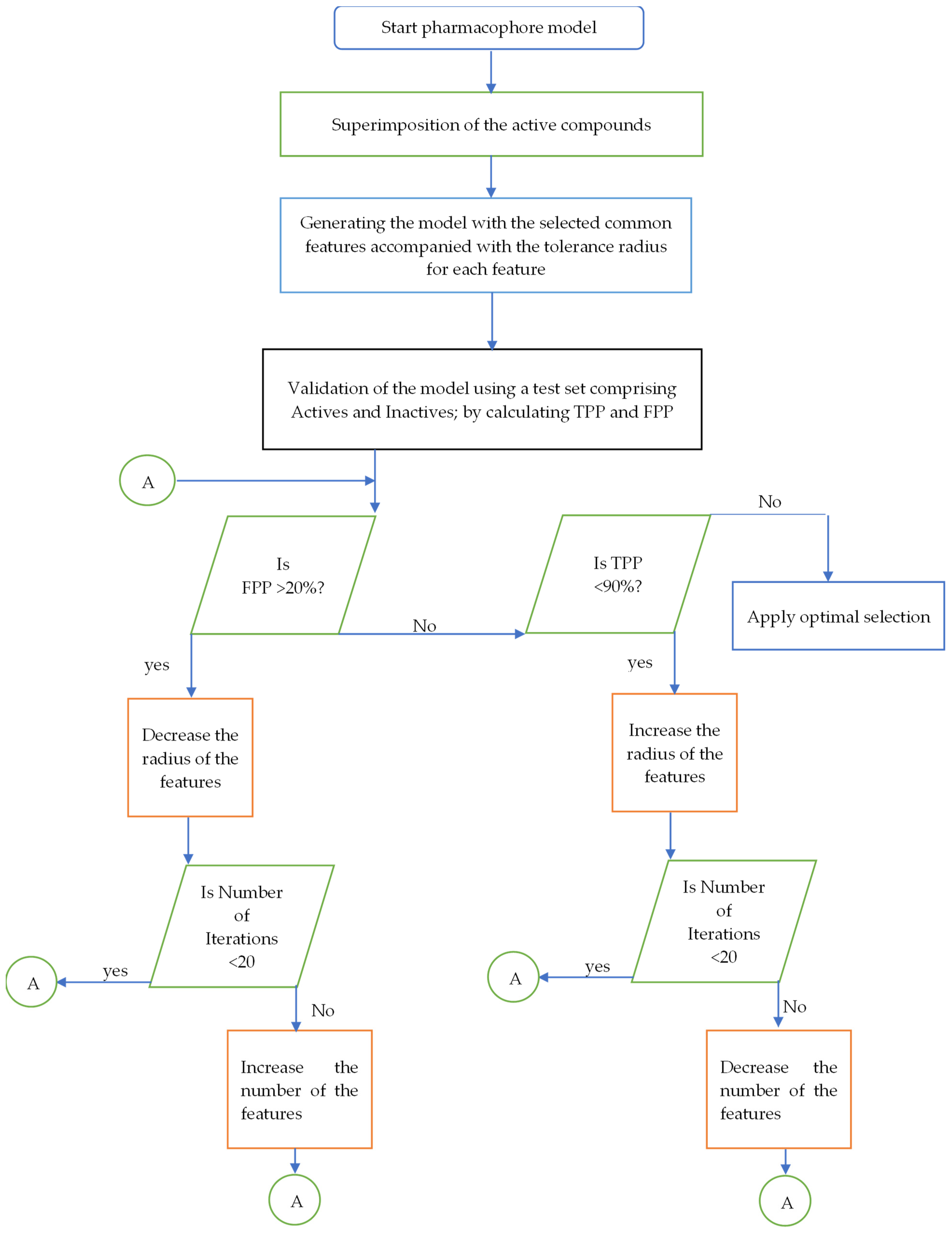
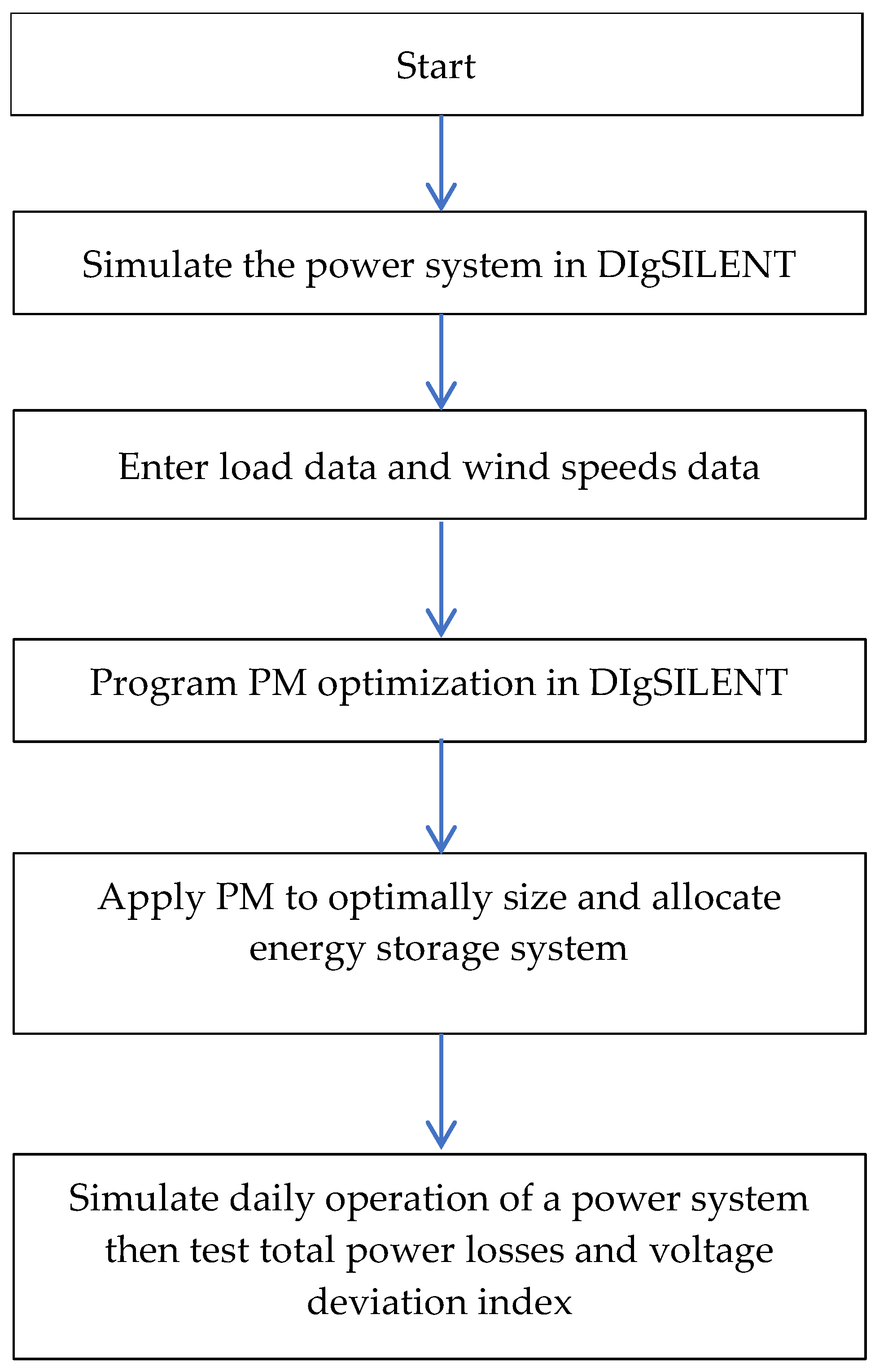
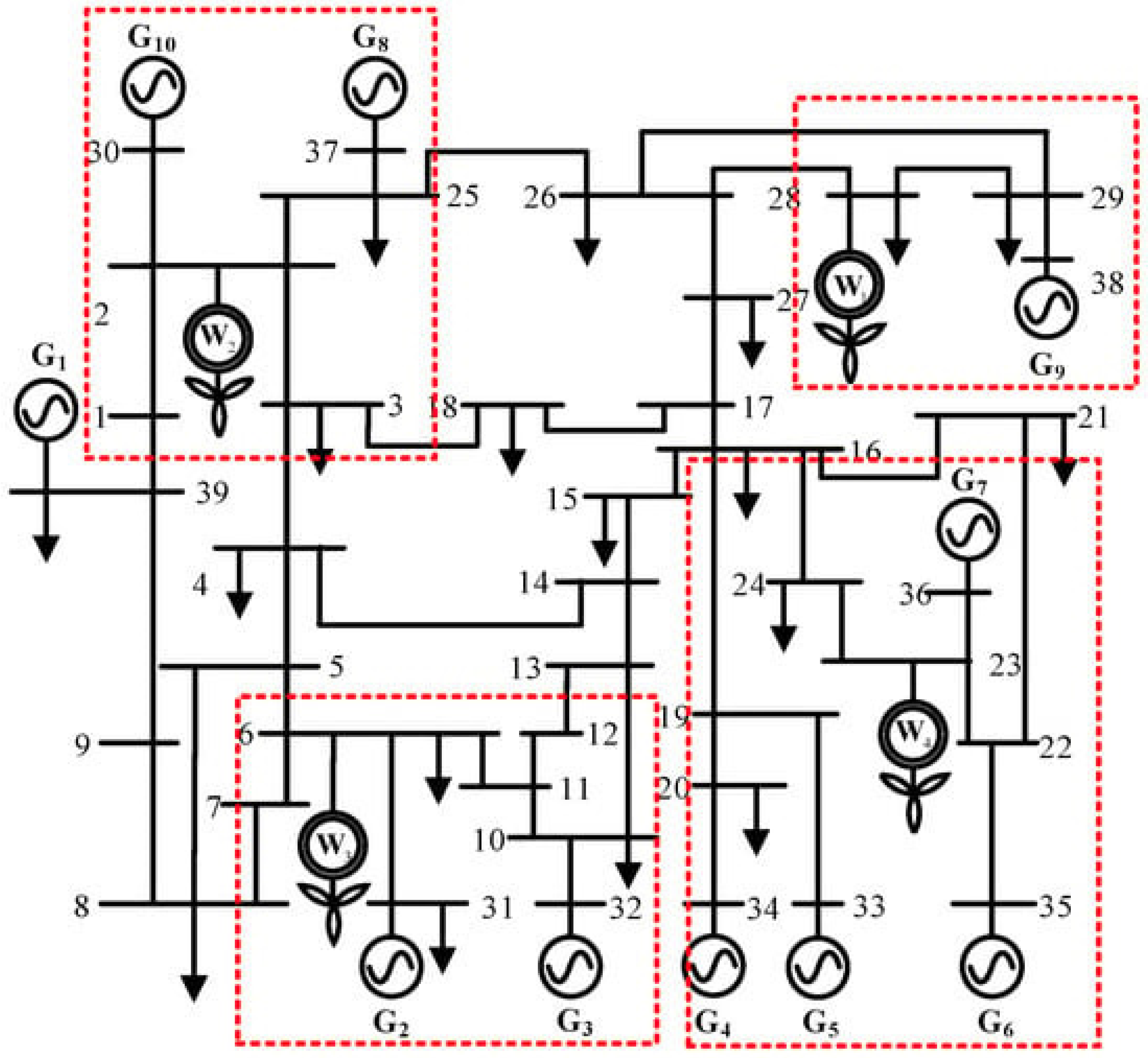
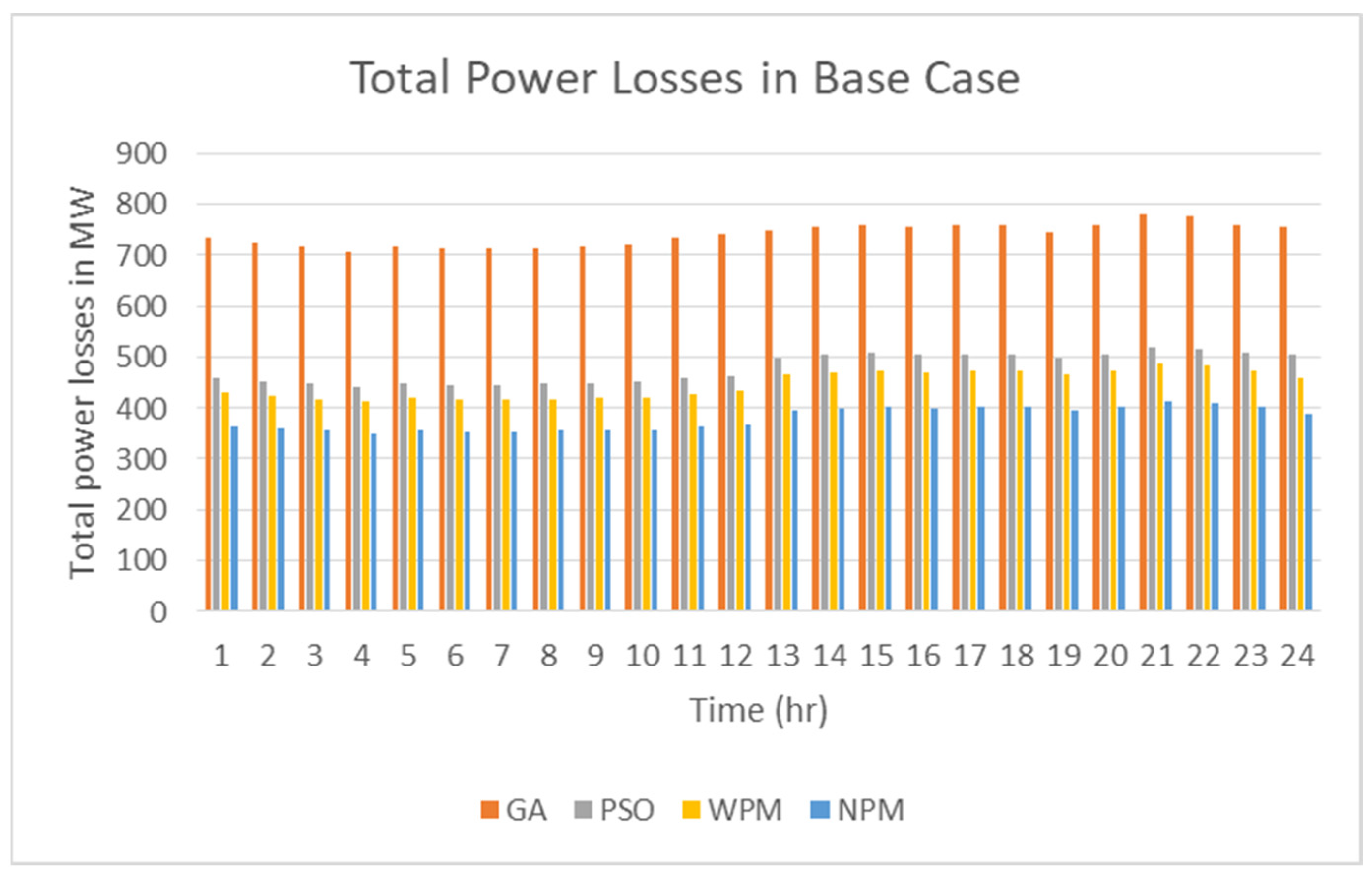
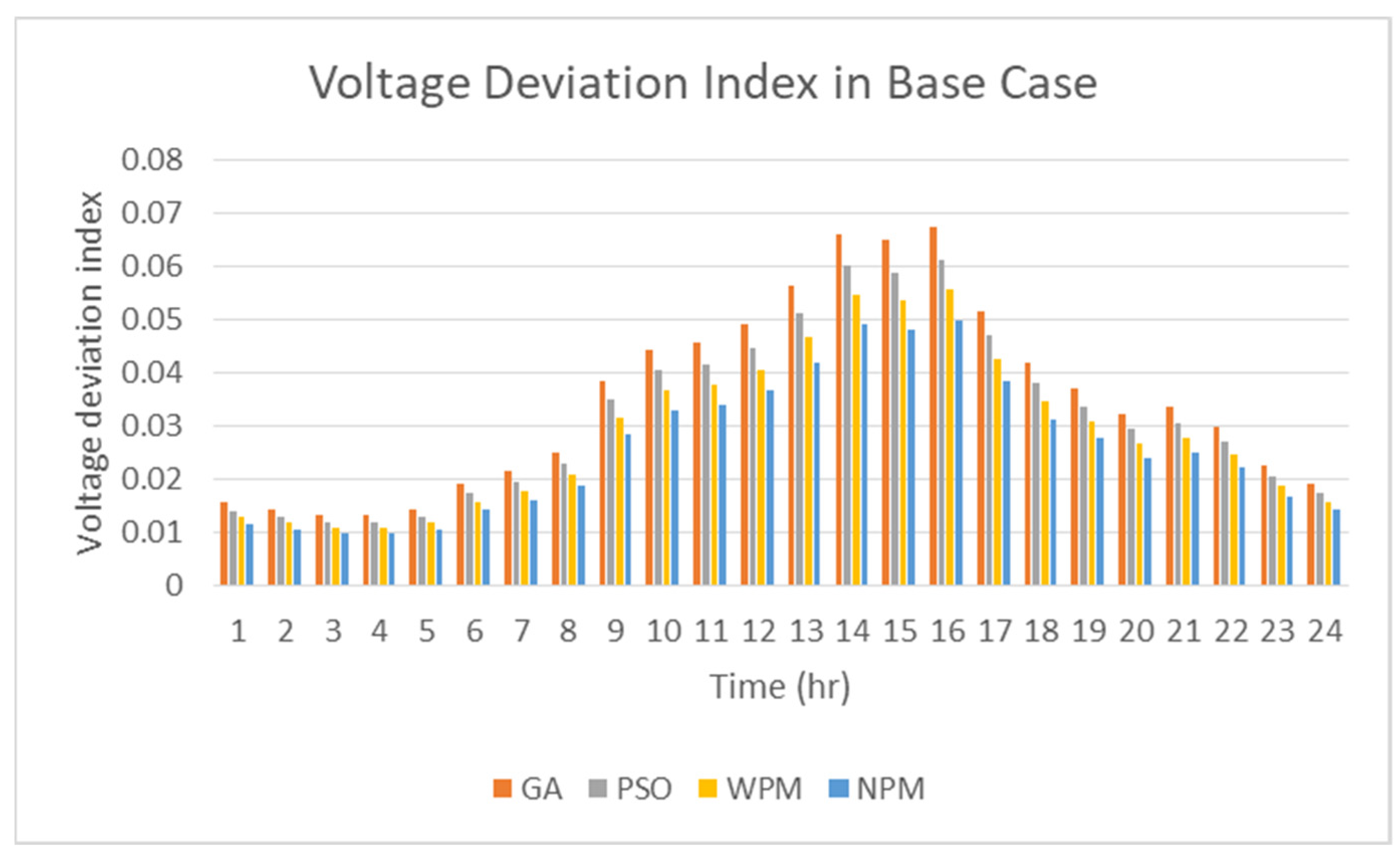
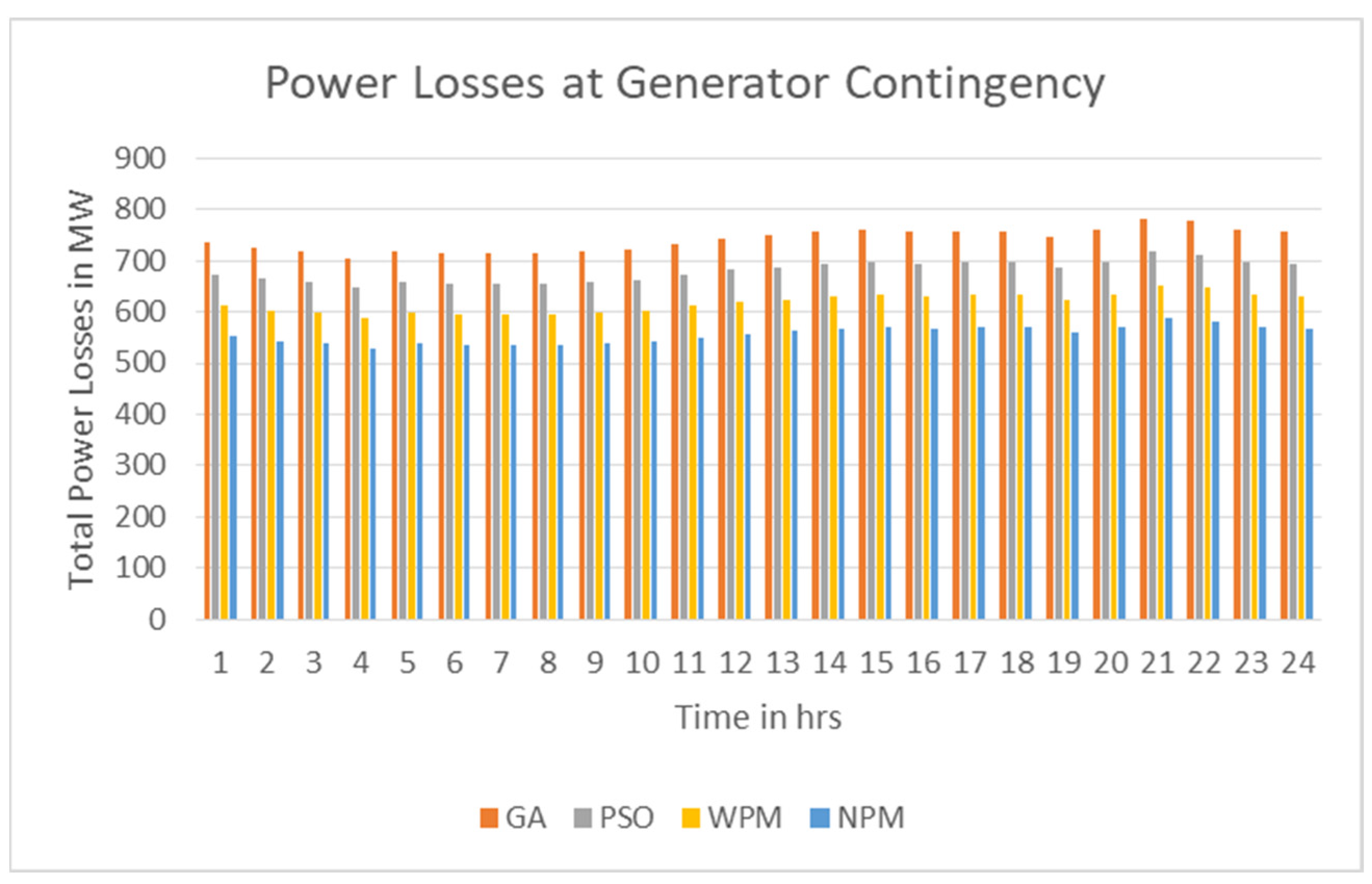
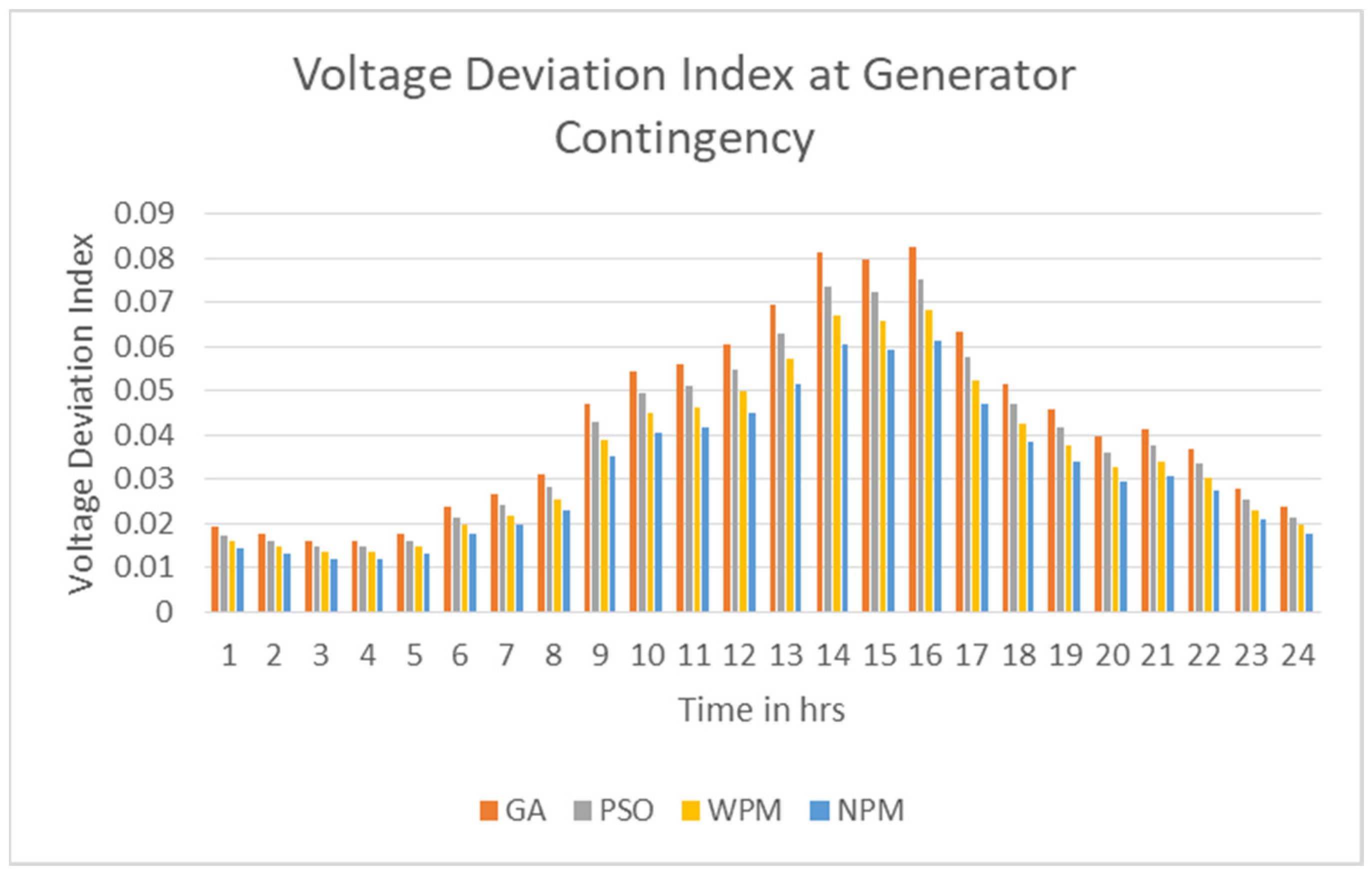
| Method | Optimal Buses Allocation and Power for Energy Storage Stations |
|---|---|
| GA | Bus 4 with rating 574 MW and Bus 20 with rating 611 MW |
| PSO | Bus 7 with rating 152 MW, Bus 23 with rating 989 MW |
| WPM | Bus 26 with rating 252 MW, Bus 4 with rating 230 MW, Bus 8 with rating 307 MW and Bus 20 with rating 319 MW |
| NPM | Bus 27 with rating 268 MW, Bus 3 with rating 225 MW, Bus 8 with rating 309 MW and Bus 20 with rating 301 MW |
| Number of Iterations | GA | PSO | WPM | NPM | ||||
|---|---|---|---|---|---|---|---|---|
| Cs (USD) | Time (s) | Cs (USD) | Time (s) | Cs (USD) | Time (s) | Cs (USD) | Time (s) | |
| 300 | 2566 | 1245 | 2434 | 1177 | 2355 | 1003 | 2311 | 993 |
| 600 | 2304 | 2570 | 2316 | 2314 | 2122 | 2118 | 2056 | 2008 |
| 900 | 2110 | 3616 | 2098 | 3418 | 2087 | 3256 | 2037 | 3078 |
| 1200 | 2090 | 4022 | 2066 | 4001 | 2006 | 3992 | 2003 | 3962 |
| Time (h) | Total Load (MW) | Wind Speed (m/s) |
|---|---|---|
| 0 | 29,184 | 5.5 |
| 1 | 28,799 | 5.1 |
| 2 | 27,904 | 4.6 |
| 3 | 27,396 | 4 |
| 4 | 26,728 | 4.2 |
| 5 | 25,949 | 4.3 |
| 6 | 25,208 | 4.8 |
| 7 | 25,329 | 4.4 |
| 8 | 26,086 | 4.3 |
| 9 | 28,170 | 4.1 |
| 10 | 29,147 | 4.3 |
| 11 | 29,512 | 4.5 |
| 12 | 30,250 | 4.8 |
| 13 | 30,476 | 4.9 |
| 14 | 30,830 | 5.3 |
| 15 | 30,546 | 6.2 |
| 16 | 30,654 | 7.1 |
| 17 | 30,613 | 7.9 |
| 18 | 30,190 | 8.2 |
| 19 | 30,746 | 8.6 |
| 20 | 31,751 | 7.5 |
| 21 | 31,348 | 6.8 |
| 22 | 30,829 | 5.9 |
| 23 | 30,558 | 5.6 |
Disclaimer/Publisher’s Note: The statements, opinions and data contained in all publications are solely those of the individual author(s) and contributor(s) and not of MDPI and/or the editor(s). MDPI and/or the editor(s) disclaim responsibility for any injury to people or property resulting from any ideas, methods, instructions or products referred to in the content. |
© 2023 by the authors. Licensee MDPI, Basel, Switzerland. This article is an open access article distributed under the terms and conditions of the Creative Commons Attribution (CC BY) license (https://creativecommons.org/licenses/by/4.0/).
Share and Cite
Fayek, H.H.; Fayek, F.H.; Rusu, E. Pharmacophore-Modeling-Based Optimal Placement and Sizing of Large-Scale Energy Storage Stations in a Power System including Wind Farms. Appl. Sci. 2023, 13, 6175. https://doi.org/10.3390/app13106175
Fayek HH, Fayek FH, Rusu E. Pharmacophore-Modeling-Based Optimal Placement and Sizing of Large-Scale Energy Storage Stations in a Power System including Wind Farms. Applied Sciences. 2023; 13(10):6175. https://doi.org/10.3390/app13106175
Chicago/Turabian StyleFayek, Hady H., Fady H. Fayek, and Eugen Rusu. 2023. "Pharmacophore-Modeling-Based Optimal Placement and Sizing of Large-Scale Energy Storage Stations in a Power System including Wind Farms" Applied Sciences 13, no. 10: 6175. https://doi.org/10.3390/app13106175
APA StyleFayek, H. H., Fayek, F. H., & Rusu, E. (2023). Pharmacophore-Modeling-Based Optimal Placement and Sizing of Large-Scale Energy Storage Stations in a Power System including Wind Farms. Applied Sciences, 13(10), 6175. https://doi.org/10.3390/app13106175









